Pickleball isn’t just a quirky name—it’s the fastest-growing sport in America in the past four years, with over 19.8-48.3 million players nationwide as of 2024 (Data from SFIA - ). Its ease of learning and suitability for all ages make it a popular choice for family entertainment and community sports. However, as a beginner, you have to prepare suitable paddles first.
Top Three A11N Pickleball Paddles for Beginners
Whether you’ve been invited to a casual game at the park or want to join a local league, your paddle is your ultimate sidekick. But with hundreds of options flooding the market, choosing your first paddle can feel overwhelming. Fear not! This guide breaks down everything beginners need to know so you can hit the court with confidence.
What is the Pickleball Sports?
Pickleball is a paddle sport blending elements of tennis, badminton, and ping-pong, played on a smaller court with a perforated plastic ball and solid paddles. It follows rules like underhand serving, letting the ball bounce once on each side after the serve, and avoiding volleys in the no-volley zone called the kitchen. Therefore, learning to use the paddles correctly becomes the key to scoring, and a perfect swing starts with the racket itself!
Key Factors to Consider When Choosing Your Gaming Partner
When purchasing a pickleball paddle as a beginner, choosing the right one can make a big difference in your comfort, performance, and how quickly you improve your game. With so many options available, it’s important to focus on several key factors that affect how the paddle feels and performs.
⚖️Pickleball Paddle Weight
- Lightweight Paddles (6.5–7.3 oz):
Lightweight paddles are easier to swing and maneuver, which can be helpful for players who are just learning the game. These paddles reduce strain on your wrist and elbow, making them ideal for players concerned about joint stress. However, because they are lighter, they typically generate less power, so beginners may need to put more effort into each shot.
- Mid-weight Paddles (7.3–8.0 oz):
Mid-weight paddles provide a balanced combination of power and control. They are often recommended for beginners because they’re versatile and easy to adapt to as your skills improve. With this weight range, you can learn how to control your shots while still being able to hit with enough force.
- Heavyweight Paddles (8.0–9.5 oz):
Heavier paddles offer more power with less effort, which can help in delivering stronger shots. However, they can cause fatigue over time, especially for beginners who are not used to long playing sessions. They may also make it harder to control the paddle, leading to more mistakes during games.
🔹Recommended for Beginners: It's often best to choose a mid-weight one to focus on control and avoid injury.
🛠️Paddle Materials
Paddle materials affect durability, performance, and price. Most pickleball paddles are made from one of three core materials: polymer, aluminum, or Nomex, and are paired with face materials like graphite, fiberglass, or carbon fiber.
Polymer cores are quiet, soft, and offer good control, while fiberglass provides decent power and is more forgiving on mis-hits. Graphite and carbon fiber paddles are lighter weight and offer more precision, but they’re typically more expensive and suited for players with advanced control. If you are ready to start this sport, look for paddles with materials that offer a mix of forgiveness, comfort, and control.
🔹Recommended for Beginners: Choose a composite ( (Fiberglass or Carbon Fiber) paddle for durability and spin-friendly performance.
✋Grip Sizes
Choosing the right grip size is crucial for comfort and injury prevention. If the grip is too large, it may strain your hand and wrist, making it harder to control the paddle. If it's too small, it can reduce stability and lead to poor shot execution. How to know what size is the best for ourselves? Here are detailed methods to measure that:
✅ Ruler Method (Hand Measurement): This is the most accurate method and only requires a ruler or tape measure:
1️⃣Open your dominant hand (the one you’ll hold the paddle with).
2️⃣Extend your fingers naturally and keep them straight.
3️⃣Measure the distance from the tip of your ring finger to the middle crease of your palm (the second horizontal line below your fingers). The measurement in inches is your approximate grip size.
🧠Example: If the measurement is 4.25 inches, that would be your ideal grip size.
✅ Finger Test Method (Holding a Paddle)
If you have a paddle handy, try this quick test:
1️⃣Hold the paddle like you would when playing.
2️⃣Use the index finger of your other hand to slide between your fingers and the base of your palm (where your fingertips wrap around the grip).
If your index finger fits snugly in that space, the grip size is correct.
If there’s no room, the grip is too small; if there’s too much space, the grip is too big.
📏Paddle Shape & Length
Pickleball paddles come in different shapes to affect reach and the "sweet spot" (optimal hitting area).
- Standard Paddles:
Standard shapes are the most common and offer a balanced design that’s great for both control and reach. These paddles typically measure around 16 inches in length and 8 inches in width, providing a generous sweet spot. For beginners, the consistent feel of a standard paddle makes learning easier and more enjoyable.
- Wide-body paddles
The wide-body ones are slightly shorter but wider than standard paddles, giving you a larger surface area to hit the ball. The expanded sweet spot increases your chances of making successful shots, boosting confidence on the court.
- Elongated Paddles
Elongated paddles are longer and narrower, offering extra reach that can be advantageous at the net. However, they have a smaller sweet spot and require more precision, which may be difficult for beginners. They are best suited for players with more experience who want to maximize power and reach.
🔹Recommended for Beginners: Go with a standard or wide-body paddle for maximum control and a larger sweet spot.
💰Budget
For beginners, budgeting smartly helps you avoid overpaying for features you won’t use yet. Paddles in the $50–$100 range often offer the best balance of quality and affordability. In this price range, you can find composite or graphite paddles that are lightweight, well-balanced, and durable—perfect for learning and improvement.
Brands like A11N offer great beginner-friendly options here. Steer clear of cheap wooden paddles under $20, as they tend to be heavy, stiff, and poorly made, which can hinder your progress.
Want More A11N Professional Pickleball Equipments?
|
|
|
|
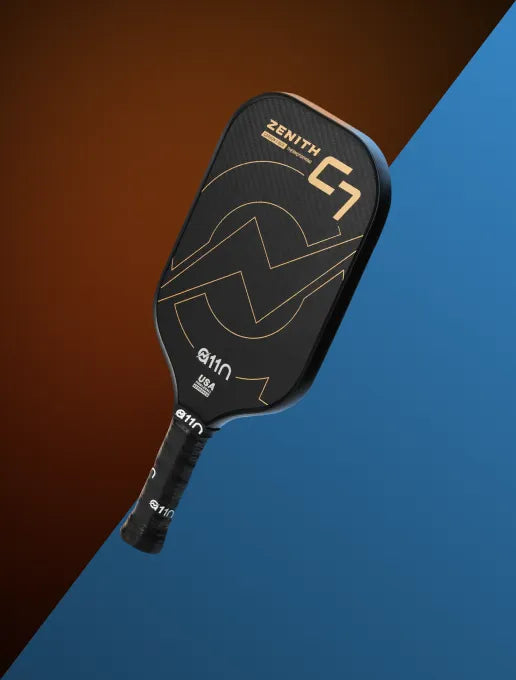
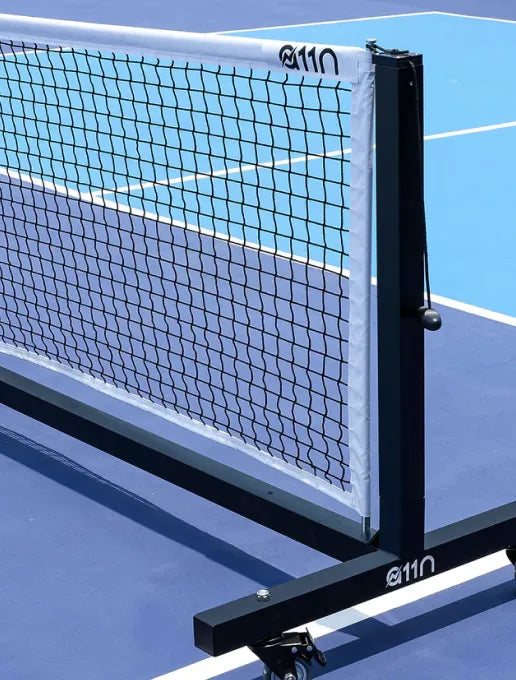
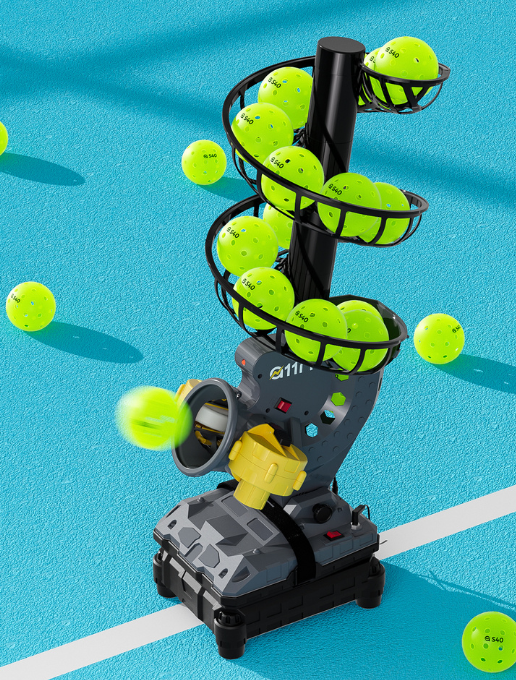
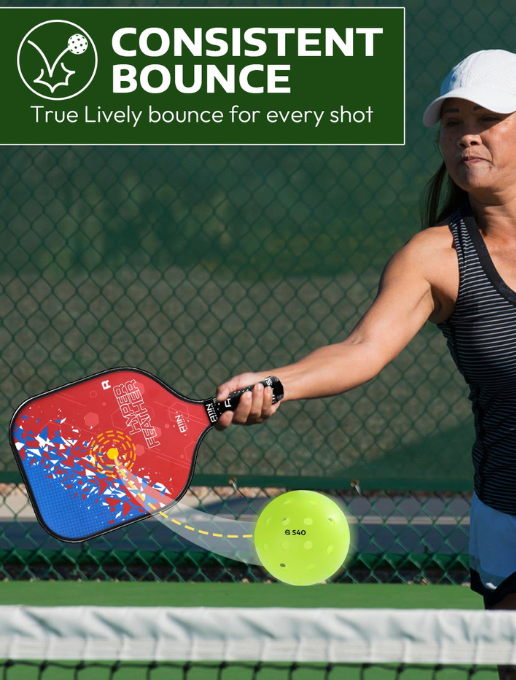
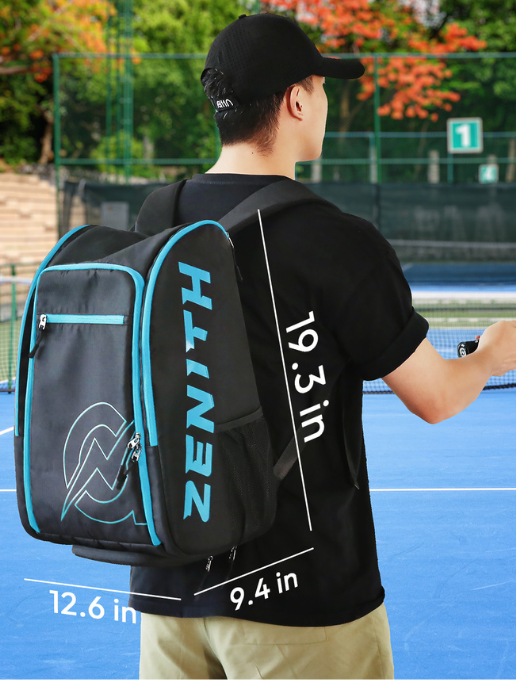
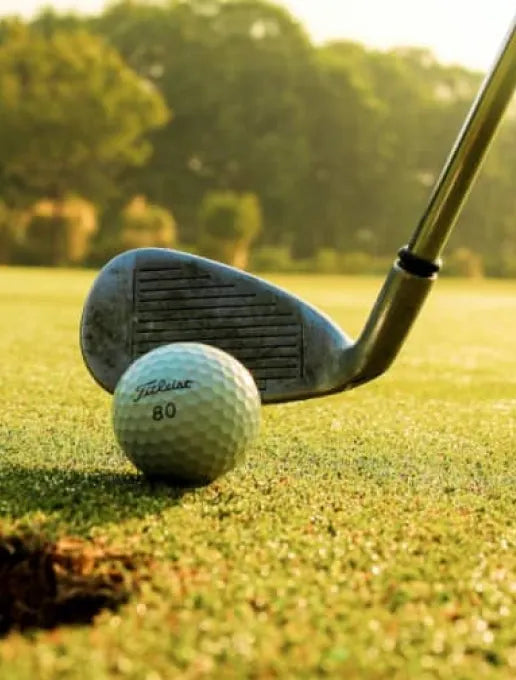
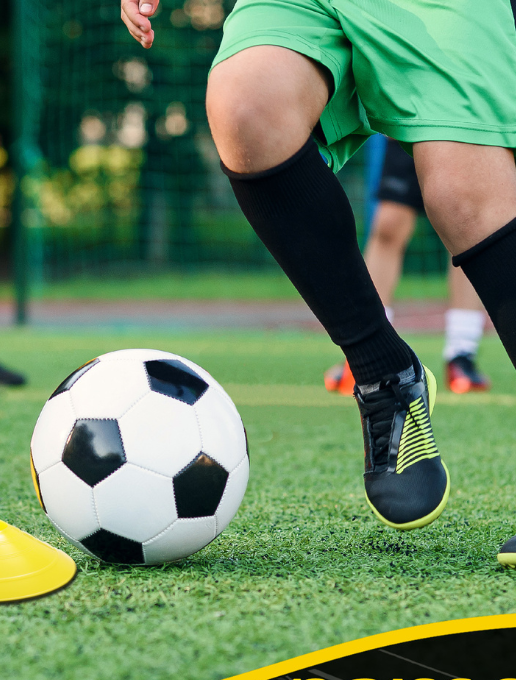
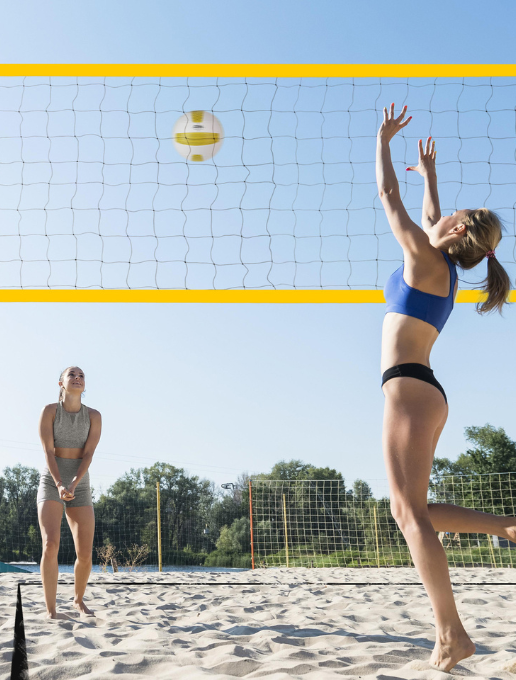

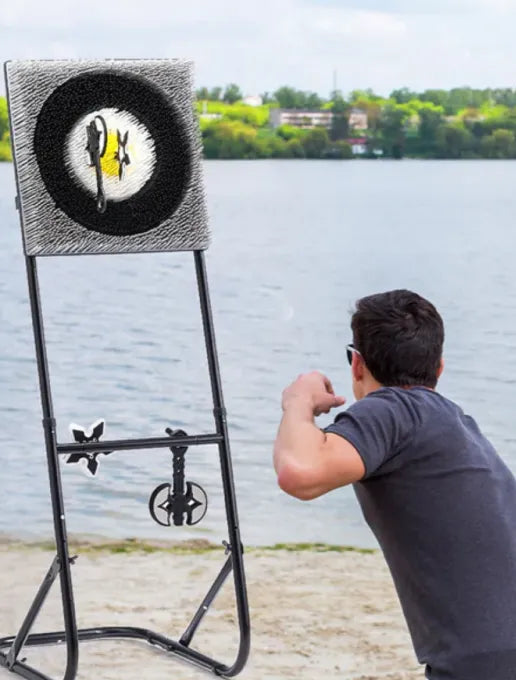

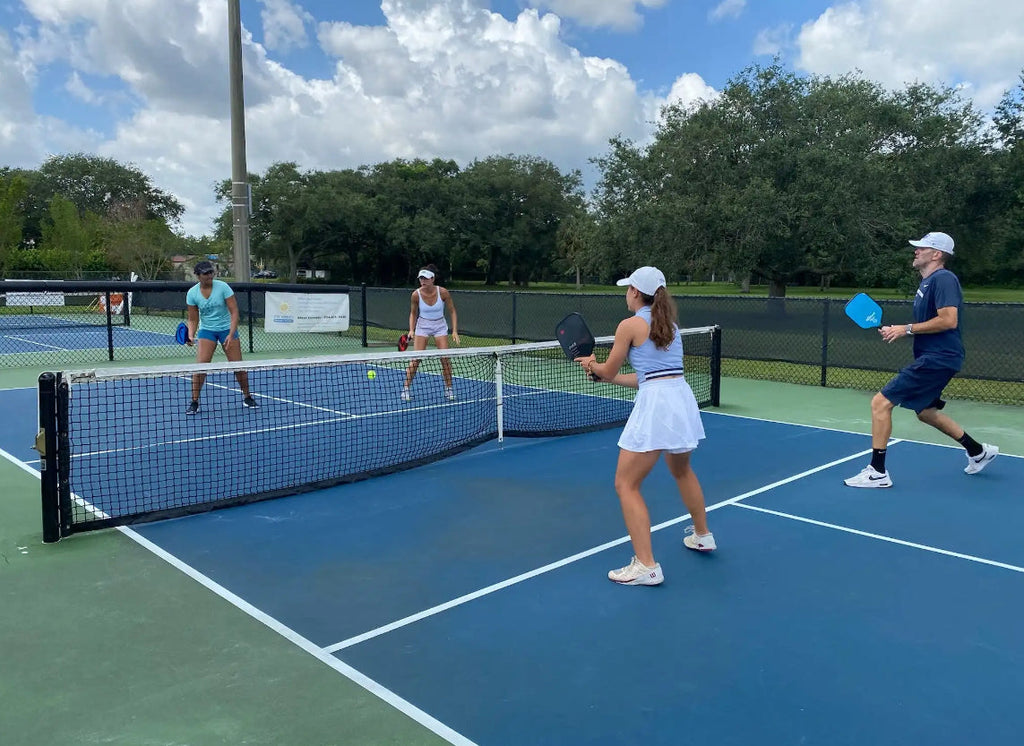

Leave a comment